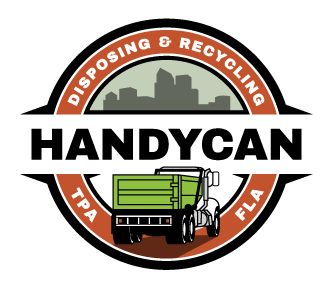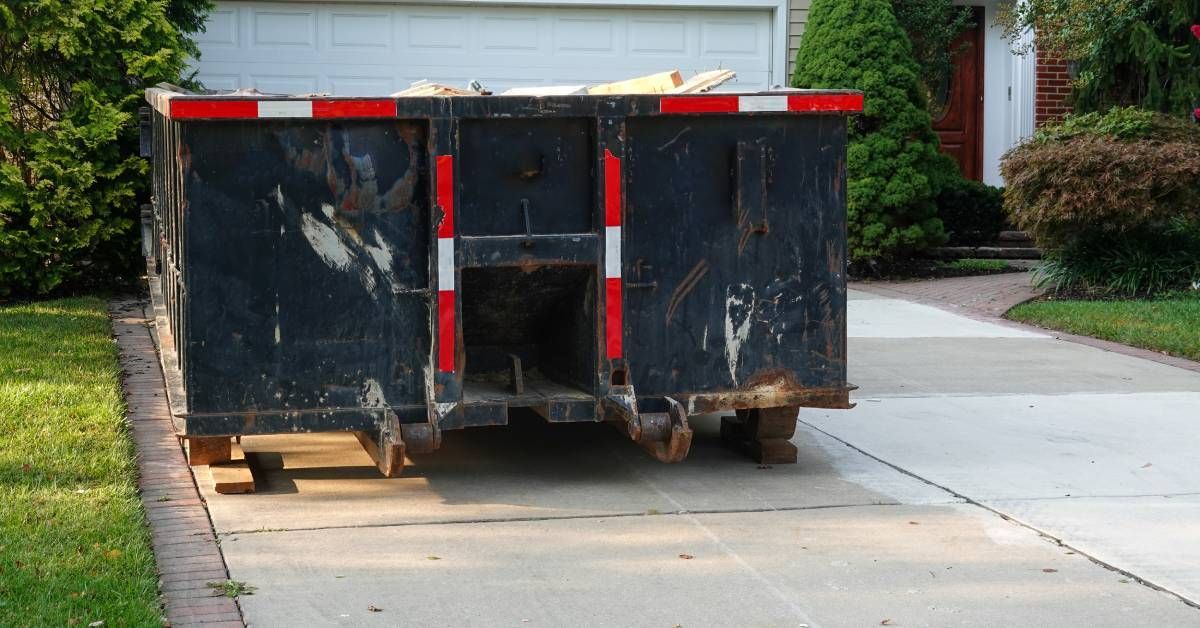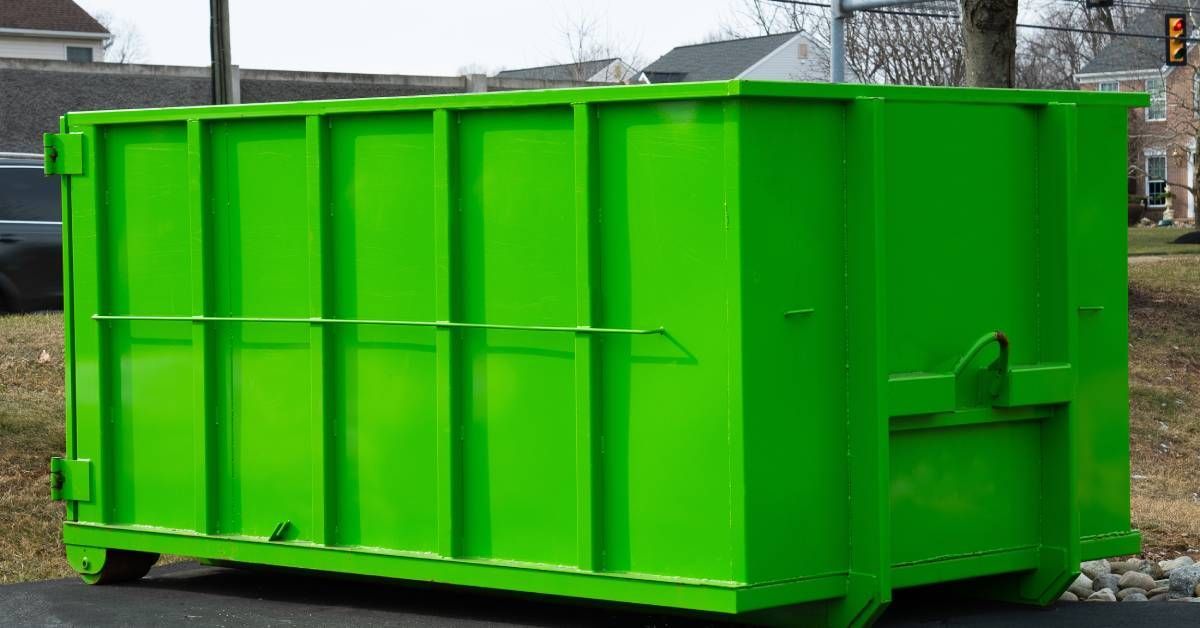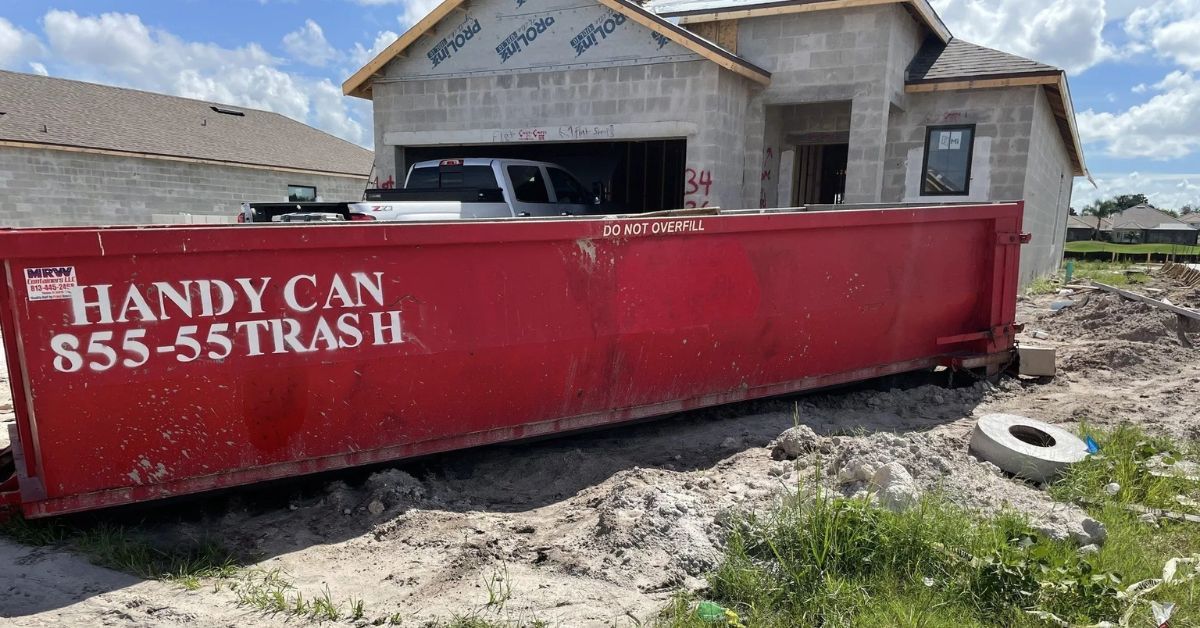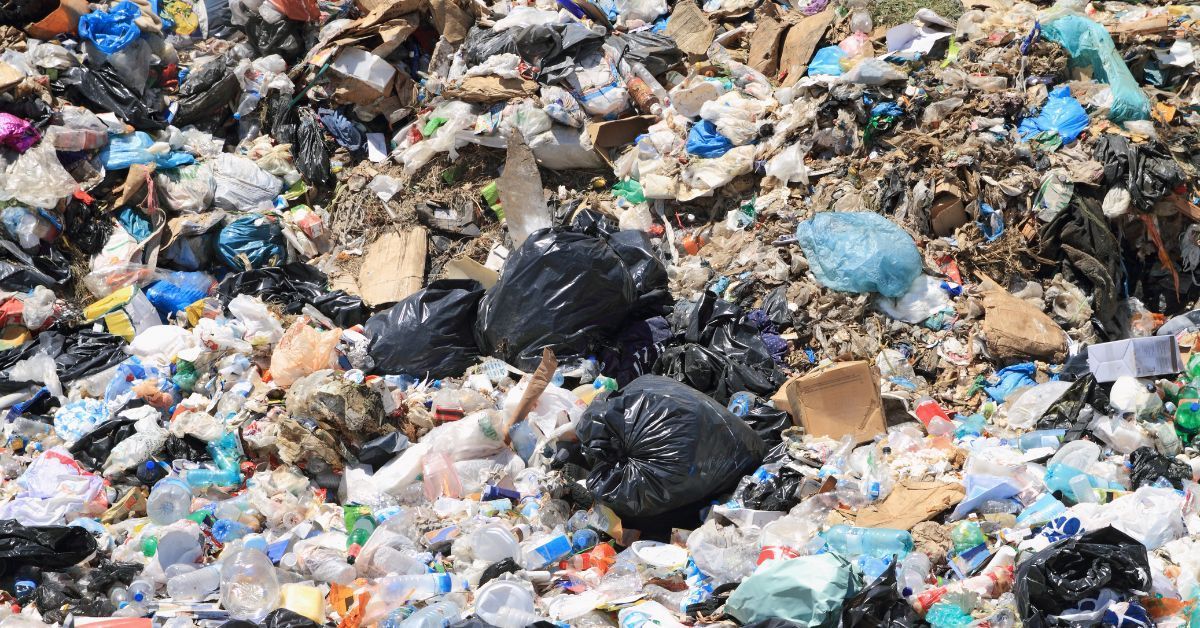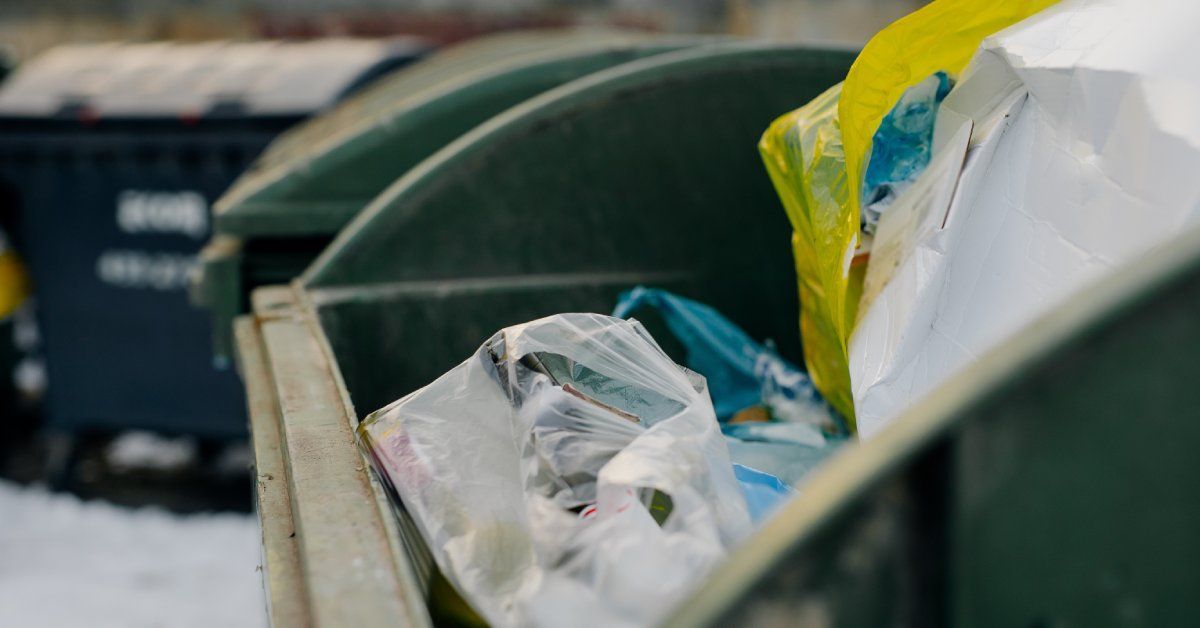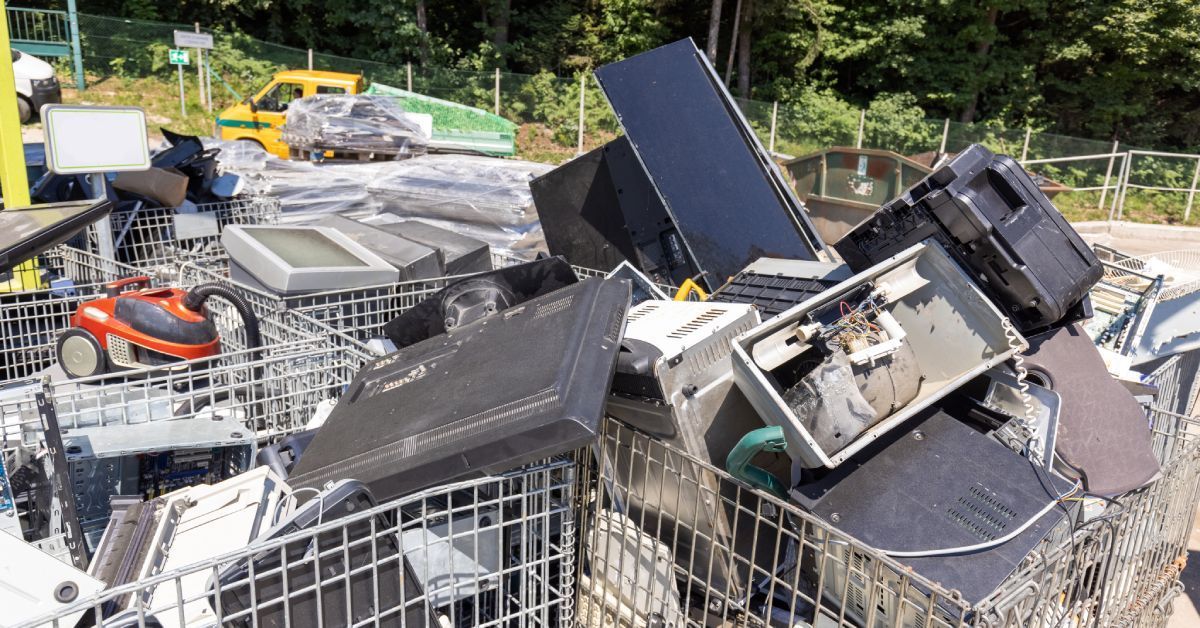How To Safely Dispose of Asbestos in a Dumpster
Dealing with asbestos is a task that requires a lot of work and care, especially if you discover it during a home renovation or demolition project. Many older homes contain asbestos, but now we know what a danger it is and the health concerns that it can cause. Knowing how to safely dispose of asbestos in a dumpster can guide you through the process of removing it from your house and other older buildings.
What Is Asbestos and Why Is It Dangerous?
Asbestos is a group of naturally occurring minerals containing thin, needle-like fibers. Known for its durability and resistance to heat, asbestos was a popular choice for building materials throughout the 20th century. However, we later discovered that if these fibers got into the air, people may inhale them. People who inhale these fibers may often experience health issues, including lung cancer, asbestosis, and mesothelioma.
Because of these health hazards, we heavily regulate the issue of asbestos and attempt to limit people’s exposure to it, especially during home renovation projects. Recognizing these dangers is the first step in ensuring safe disposal practices.
Identifying Asbestos in Your Home
You must understand how to identify asbestos and consider where you may commonly find it in your home before you can properly dispose of it. Homes built before the 1980s are more likely to contain asbestos in various materials such as insulation, roofing, flooring, and pipe cement. We highly recommend hiring a certified asbestos inspector to come verify the substance is in your home if you suspect its presence. These professionals use specialized equipment to test materials and your home’s air quality to ensure accurate identification and discover the potential risks involved.
After confirming the suspicious substance is asbestos, it’s important to mark the areas off and isolate them. Proper identification can guide your subsequent steps in the disposal process, ensuring both safety and compliance with legal requirements. You should always take special precautions and just assume that asbestos is dangerous when you’re dealing with these materials.
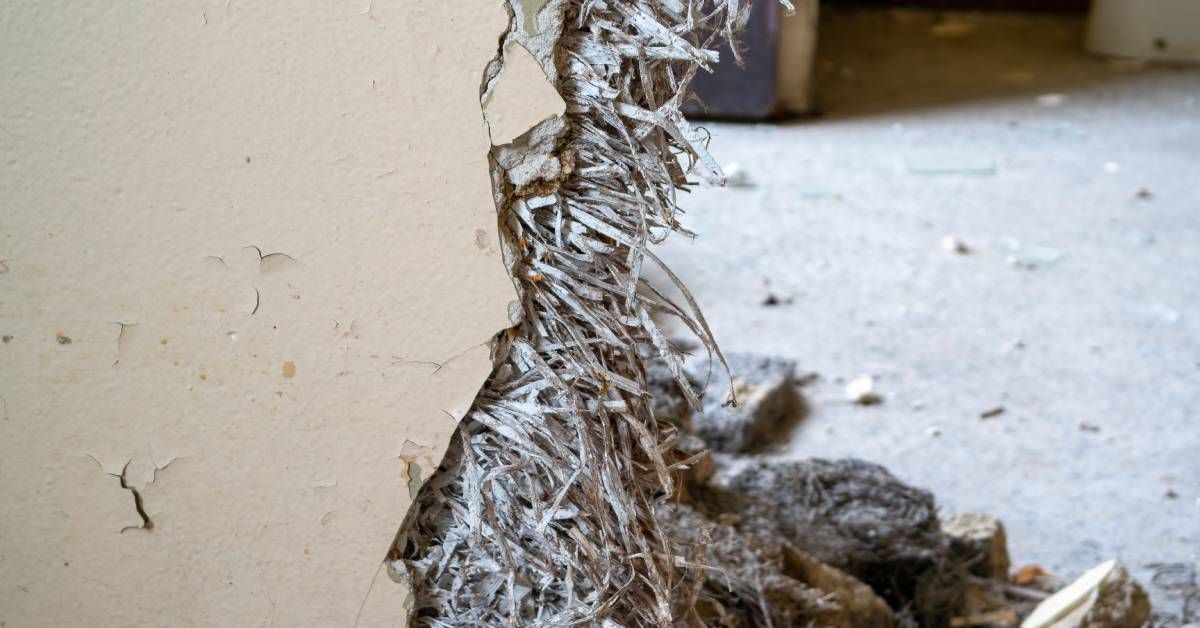
Preparing for Safe Asbestos Removal
Preparation is key when dealing with asbestos removal. You don’t want to just start knocking down walls because doing so could release harmful fibers into the air. Instead, exercise caution and utilize proper containment and protective gear. Wear disposable coveralls, gloves, and respiratory protection. Your focus should be on minimizing any disturbance of asbestos-containing materials.
Isolate the areas that contain asbestos whenever possible. Seal all doors, windows, and vents with plastic sheeting and duct tape to prevent the fibers from spreading to other parts of your home. Wetting the asbestos materials can also reduce the risk of fibers becoming airborne. With the right preparation, you can significantly reduce the risk associated with asbestos removal.
Necessary Tools and Equipment
Safely handling asbestos requires specific tools and equipment. Essential items include plastic sheeting, duct tape, spray bottles, water, and sealable waste bags. You should also rent or invest in a HEPA (High-Efficiency Particulate Absorbing) vacuum cleaner to capture fine asbestos fibers. Many common household vacuums may release these fibers back into the air, so they’re not suitable for asbestos removal.
Using the correct tools ensures you can safely contain and remove these fibers. This extra safety precaution also helps you comply with regulatory standards. Always double-check that your equipment meets the required safety guidelines, providing an extra layer of protection for you and your household.
Step-by-Step Guide to Removing Asbestos
Removing asbestos is a detailed process that you should meticulously follow. Begin by dampening the asbestos materials using spray bottles full of water. Keeping the materials wet minimizes the release of fibers. Carefully remove the asbestos without breaking it apart. Place the removed materials into sealable, heavy-duty waste bags.
Seal the bags tightly and label them as hazardous waste. These labels inform waste handlers and disposal facilities of the contents, ensuring they take appropriate precautions. Try to maintain a clean workspace throughout the removal process to avoid contaminating other areas of your home.
Disposal of Asbestos-Containing Waste
After removing and bagging the asbestos materials, the next step is proper disposal. Knowing how to safely dispose of asbestos in a dumpster is important because not all dumpsters accept asbestos waste. Always check with the rental company when you get a dumpster for this project so that you know if you can throw away the asbestos bags without risking any fines or penalties.
Transporting asbestos waste requires caution. Use a vehicle with a covered bed to prevent any bags from tearing or leaking. Secure the waste bags to avoid movement during transport. Upon reaching the disposal site, follow the facility’s procedures for handling hazardous materials. Compliance with these steps ensures the safe and legal disposal of asbestos.
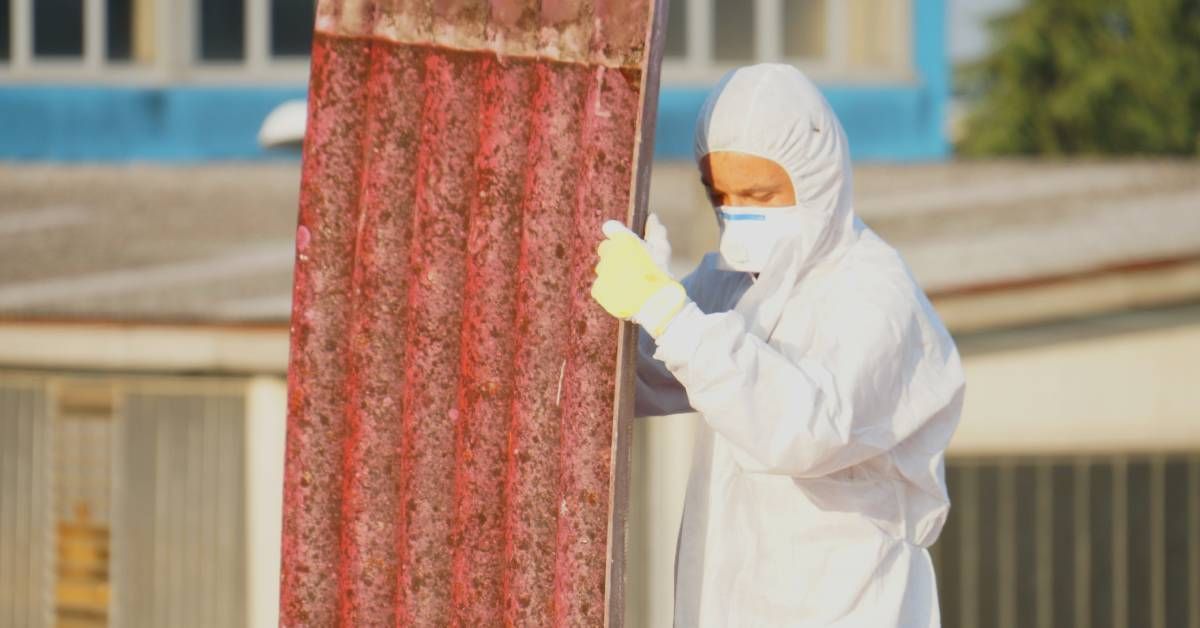
Legal Regulations and Compliance
Because of the dangers that asbestos has to public health, several strict regulations mandate its proper disposal. The Environmental Protection Agency (EPA) and Occupational Safety and Health Administration (OSHA) provide guidelines on handling and disposing of asbestos. It’s a good idea to familiarize yourself with federal and state regulations to ensure complete compliance.
Non-compliance can result in hefty fines and potential health hazards. You can reach out to local authorities on the subject or ask the people you’re renting the dumpster from for more information if you’re ever unsure about disposal requirements. Following regulatory guidelines keeps you safe and contributes to broader public health and environmental protection.
Hiring Professional Services
Many homeowners think that they can handle asbestos removal on their own, but there’s no harm in reaching out to a professional if you lack the proper safety gear or equipment. Licensed asbestos abatement companies have trained personnel and specialized equipment to safely manage asbestos. They follow strict protocols, ensuring that they comply with all legal standards when removing and disposing of asbestos from residential areas.
You can trust the experts at Handy Can Disposing and Recycling when it comes to renting a dumpster for your asbestos removal needs. We offer roll-off dumpster services in West Central Florida and can provide you with beneficial information regarding the safe removal and disposal of asbestos from your home.
Don’t take chances with your health and safety—contact us today to learn more about how we can assist you in safely managing asbestos waste. Let us help you handle your project with the precision and care it deserves.

